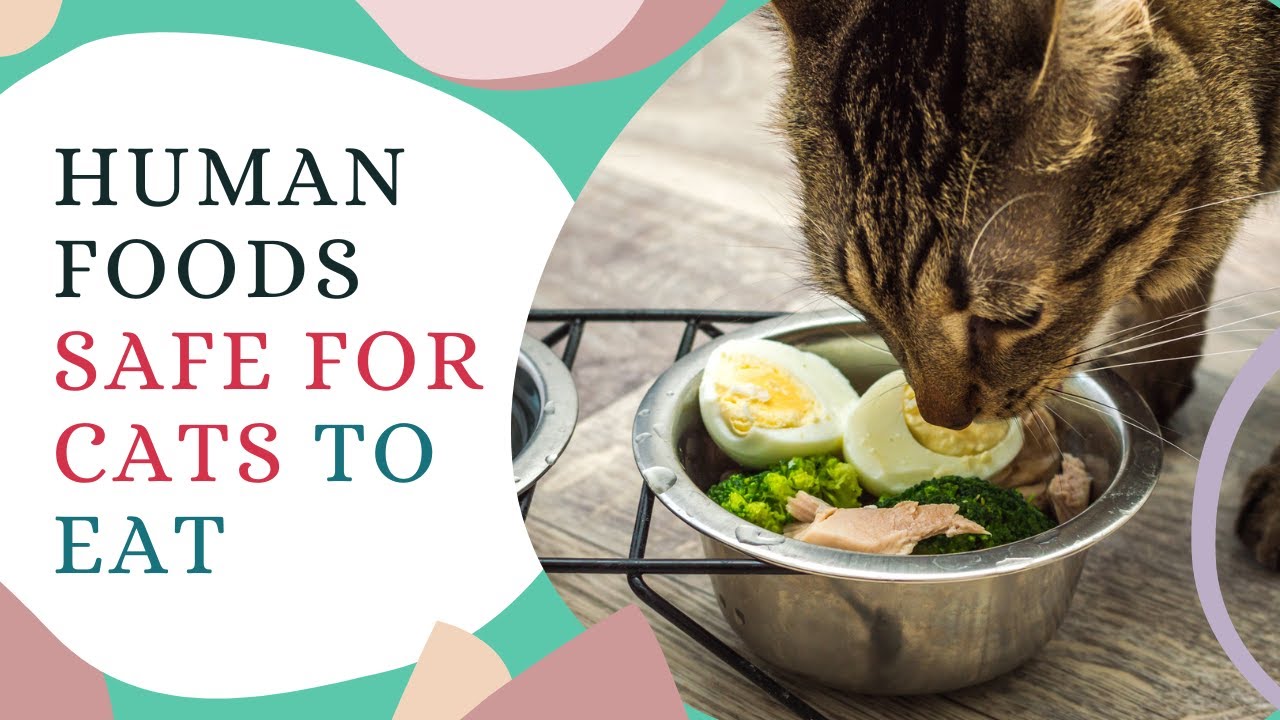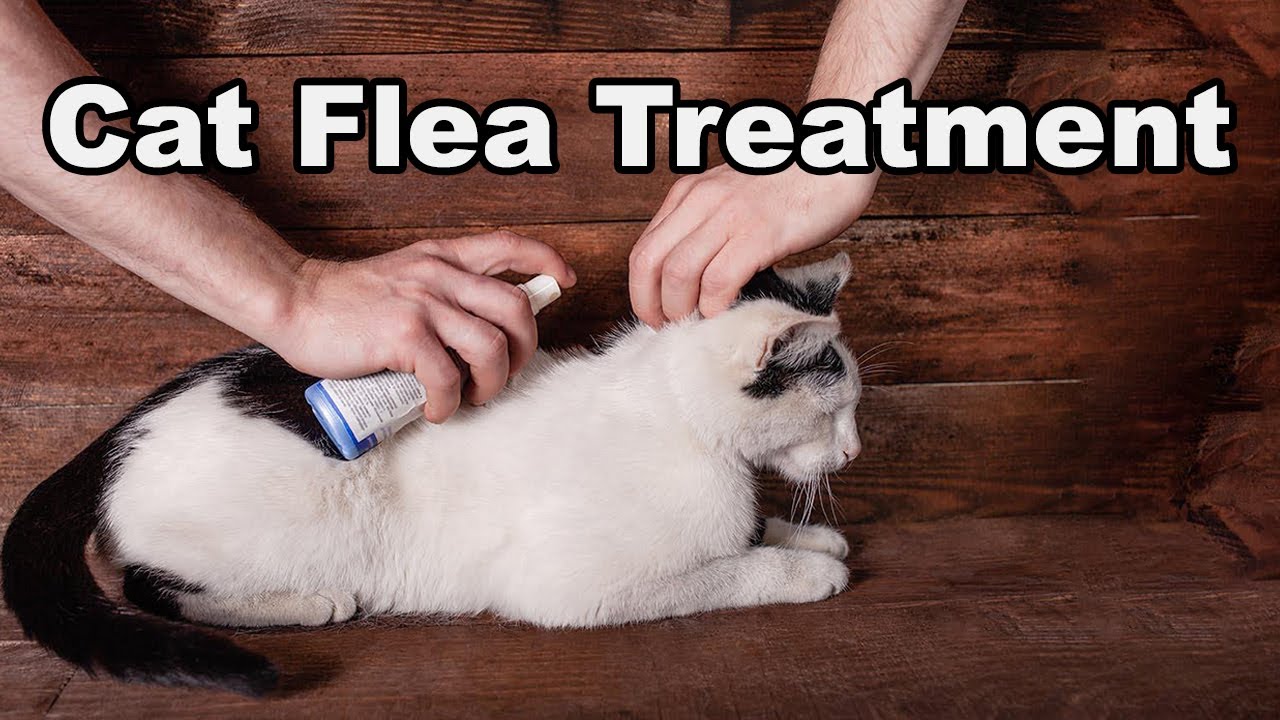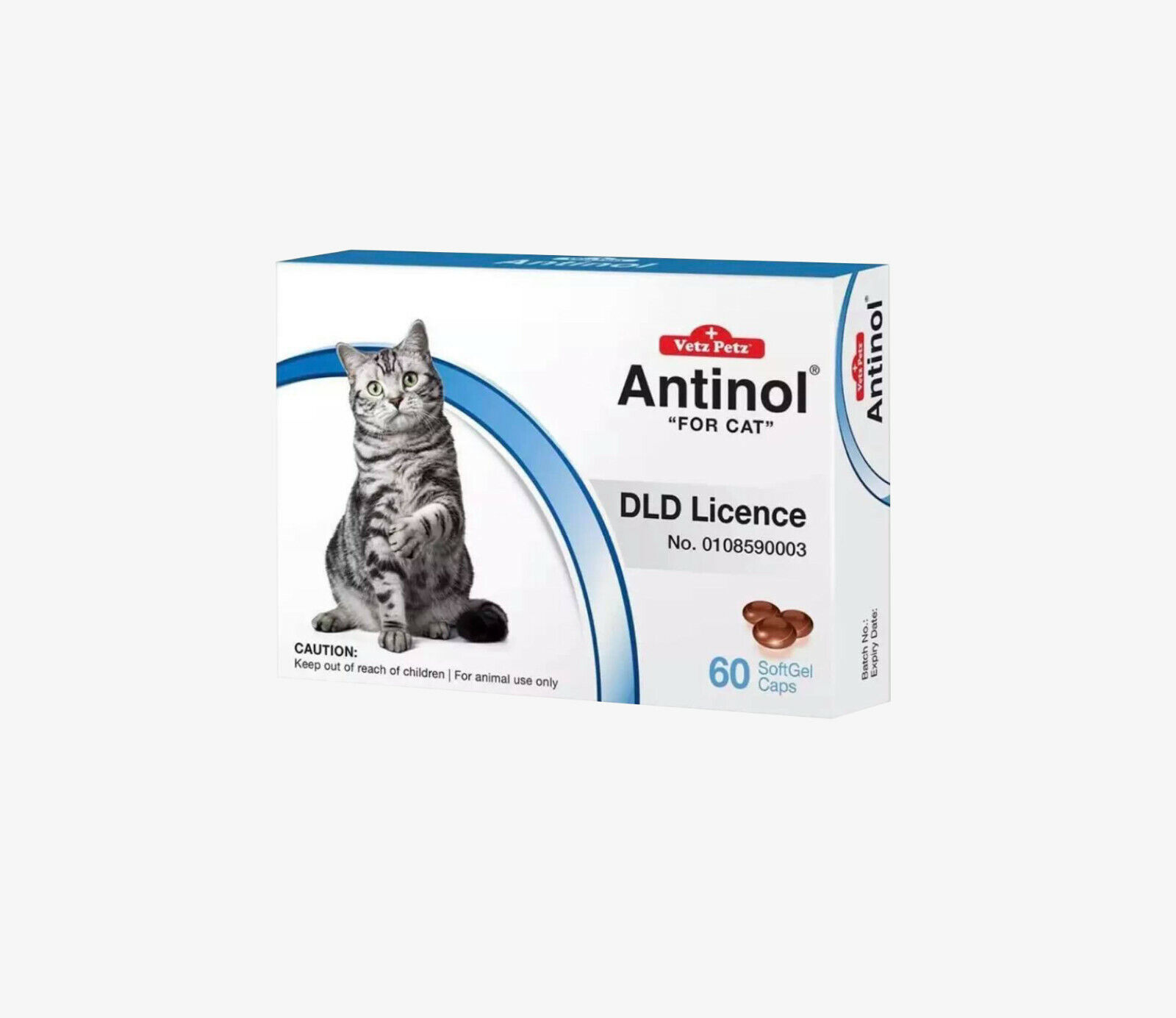Kidney disease is one of the most common health challenges faced by cats, especially as they age. If your feline friend has been diagnosed with this condition, you’re likely feeling a mix of worry and determination to help them thrive. The good news? With the right treatment and care, many cats with kidney disease can live comfortable, happy lives for months or even years. In this article, we’ll explore everything you need to know about treating kidney disease in cats—from understanding the condition to managing symptoms, exploring veterinary options, and providing home care. Let’s dive in and give your cat the best shot at a purr-filled future!
What is Kidney Disease in Cats?
The kidneys are powerhouse organs, filtering waste from the blood, regulating hydration, and balancing electrolytes. In cats, kidney disease—often called chronic kidney disease (CKD) when long-term—occurs when these organs lose function over time. Acute kidney injury (AKI) can also strike suddenly due to toxins, infections, or blockages, but CKD is far more common, affecting up to 30-40% of cats over 10, according to the American Veterinary Medical Association (AVMA).
Causes and Risk Factors:
- Aging: Wear and tear on kidneys is the top culprit in older cats.
- Toxins: Ingesting antifreeze, lilies, or certain medications can trigger acute damage.
- Genetics: Breeds like Persians and Siamese may be predisposed.
- Infections or Dehydration: These can stress kidneys over time.
Symptoms to Watch For:
- Increased thirst and urination
- Weight loss or poor appetite
- Lethargy
- Vomiting or bad breath (a metallic smell from urea buildup)
If you spot these signs, don’t wait—early detection can make a huge difference. For more on spotting symptoms,
Diagnosing Kidney Disease
A vet visit is step one. Diagnosis typically involves:
- Blood Tests: Elevated creatinine and BUN (blood urea nitrogen) levels signal kidney trouble.
- Urinalysis: Checks for dilute urine or protein loss, common in CKD.
- SDMA Test: A newer, sensitive marker catching kidney issues earlier than creatinine alone.
- Imaging: Ultrasounds or X-rays can reveal kidney size or abnormalities.
Stages of CKD (per the International Renal Interest Society, IRIS) range from 1 (mild) to 4 (severe), guiding treatment plans. Costs for diagnosis can range from $100-$300, depending on tests—vital info for budgeting pet care.
Treatment Options: A Multi-Faceted Approach
Kidney disease has no cure, but treatments focus on slowing progression, managing symptoms, and boosting quality of life. Here’s how vets and owners tackle it.
1. Dietary Management: The Kidney-Friendly Diet
Diet is a cornerstone of CKD treatment. Specially formulated renal diets—like Hill’s Prescription Diet k/d or Royal Canin Renal Support—reduce kidney workload while meeting nutritional needs.
- Low Phosphorus: Slows damage progression.
- Moderate Protein: High-quality protein reduces waste buildup without starving muscles.
- High Moisture: Often paired with wet food to combat dehydration.
Cost: Expect $30-$50 for a 6-8 lb bag of dry or $2-$3 per can of wet. Transition slowly over 7-10 days to avoid rejection—cats are notoriously picky! Not sure which food suits your cat?
2. Hydration Therapy: Keeping Fluids Flowing
Dehydration is a CKD hallmark—damaged kidneys can’t concentrate urine, leading to fluid loss.
- Subcutaneous Fluids: Vets teach owners to administer fluids under the skin at home (100-200 ml daily or as prescribed). A bag of fluids costs $20-$40, with needles around $1 each.
- IV Fluids: For acute cases or severe dehydration, hospital stays with IV fluids may run $500-$1,000.
- Encouraging Drinking: Pet fountains ($20-$50) or flavored water (low-sodium broth) can help.
Mastering fluids at home takes practice but can extend your cat’s life significantly.
3. Medications: Targeting Symptoms
Vets tailor meds to your cat’s needs:
- Phosphate Binders: Like aluminum hydroxide ($15-$30/month) reduce phosphorus levels when diet alone isn’t enough.
- Anti-Nausea Drugs: Maropitant or ondansetron ($20-$50/month) ease vomiting.
- Blood Pressure Meds: Amlodipine ($10-$20/month) manages hypertension, common in CKD cats.
- Potassium Supplements: Boost low levels to support muscle and nerve function ($10-$15/month).
Always follow vet dosing—over-the-counter guesses can backfire.
4. Advanced Treatments: When Standard Care Isn’t Enough
For severe cases, cutting-edge options exist:
- Dialysis: Rare in cats due to cost ($1,000+ per session) and limited availability, but it filters blood when kidneys can’t.
- Kidney Transplant: Available at select vet schools (e.g., University of Pennsylvania). Costs $15,000-$20,000, plus lifelong drugs. Ethical note: donor cats are often adopted out.
These are last resorts—most cats do well with less invasive care.
Home Care: Supporting Your Cat’s Comfort
Beyond vet treatments, home adjustments make a big difference:
- Litter Box Access: More frequent urination means multiple, clean boxes.
- Warmth and Rest: Heated beds ($20-$40) soothe achy joints in older CKD cats.
- Stress Reduction: Quiet spaces and routine keep anxiety low—stress worsens symptoms.
Play gently with toys like those in “Top 10 Cat Toys for Endless Fun” to lift spirits without overtaxing them.
Managing Costs: Budgeting for Kidney Care
CKD treatment isn’t cheap, but planning helps:
- Initial Diagnosis: $100-$300.
- Monthly Costs: $50-$150 (food, meds, fluids).
- Emergencies: Save $500-$1,000 for flare-ups.
Pet insurance can offset expenses—plans starting at $10-$20/month often cover CKD if enrolled before diagnosis. Low-income owners can seek help from groups like the Pet Fund or local shelters.
Monitoring Progress: Partnering with Your Vet
Regular checkups (every 3-6 months) track kidney function via bloodwork ($50-$150 per visit). Watch for worsening signs—appetite drop, extreme lethargy—and report them fast. Apps like PetDesk or a simple notebook can log symptoms, meds, and fluid schedules.
Alternative Therapies: Worth a Look?
Some owners explore holistic options:
- Acupuncture: May ease pain or nausea ($50-$100/session). Evidence is anecdotal—discuss with your vet.
- Herbal Supplements: Like omega-3s or milk thistle. Only use vet-approved products—herbs can harm kidneys if misused.
Stick to science-backed care as the foundation, using alternatives as complements.
Emotional Impact: Coping as a Pet Parent
Caring for a CKD cat can be a rollercoaster—hopeful days mixed with tough ones. Lean on support groups (online forums or local meetups) and celebrate small wins, like a hearty meal or playful moment. Your love fuels their fight.
Senior Cats and CKD: Special Considerations
Since CKD often hits cats over 10, age adds layers to care:
- Mobility: Ramps ($20-$50) help them reach favorite spots.
- Appetite Boosters: Warm food or appetite stimulants (mirtazapine, $10-$20/month) tempt finicky eaters.
- End-of-Life Planning: When quality of life fades—marked by constant pain or disinterest—discuss euthanasia with your vet. It’s a heartbreaking but compassionate choice.
Prevention: Can You Stop Kidney Disease?
While aging-related CKD can’t always be prevented, you can reduce risks:
- Hydration: Fresh water and wet food lower kidney stress.
- Toxins: Lock away antifreeze, meds, and toxic plants.
- Checkups: Annual vet visits catch issues early.
Start young—healthy habits pay off later.
Success Stories: Hope in Action
Take inspiration from cats like Whiskers, a 14-year-old tabby who thrived for three years post-CKD diagnosis with fluids and diet tweaks. Or Luna, whose owner mastered home care, turning a grim prognosis into joyful extra time. Your cat’s story can shine too!
Final Thoughts
Kidney disease in cats is daunting, but it’s not the end. With vet-guided treatments—diet, fluids, meds—and your attentive care, you can manage symptoms and extend your cat’s life. It’s a team effort: you, your vet, and your feline fighter. Stay proactive, keep learning, and cherish every purr along the way!
Tags:
#kidneydiseaseincats #cathealth #renal disease #catcaretips #catwellness #catnutrition #catlovers #veterinarycare






